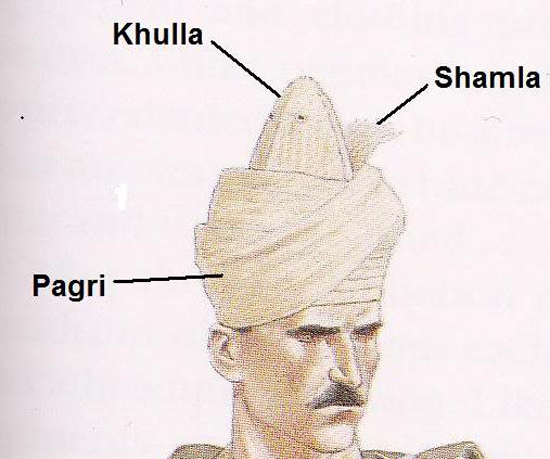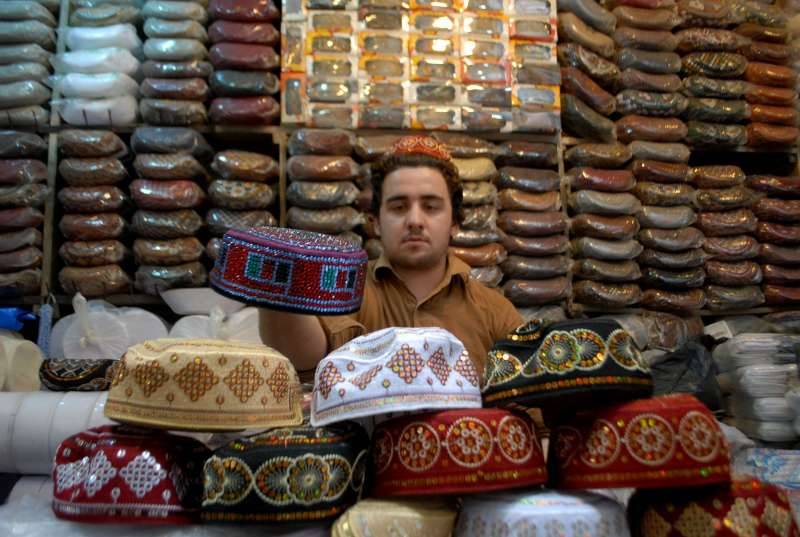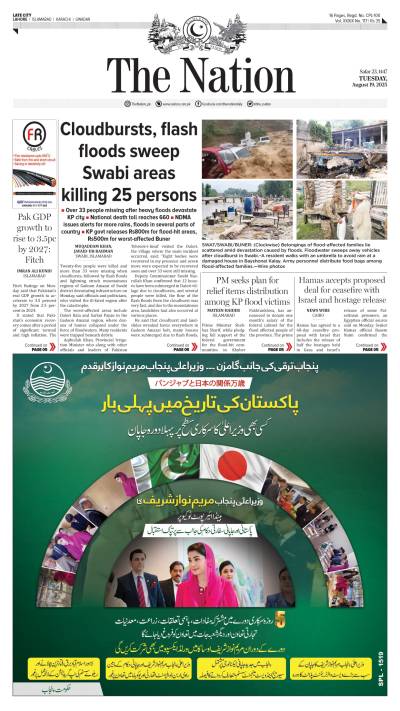It is only now that covering of the head is limited to women exclusively in introverted eastern societies but in the past our ancestors, no matter what culture they belonged to, kept covering their heads regardless of their gender. The colorful Sindhi topi, Punjabi pagri or Pathani cap tell us very interesting cultural tales. In this particular piece, we will try to bring the stories regarding history and science of our traditional caps to you. The history of caps will also elaborate on the division among social classes that has always been there.
Sindhi Cap:
The colors, layers and panache involved in the Sindhi cap are almost unparalleled. During the eighteen and nineteenth century AD, covering the head with a turban, cap or cloth was considered as a sign of sobriety among the people of Sindh, while an uncovered head was measured as social indulgence, therefore according to their statuses people always kept their heads covered. During its early phase, two types of caps had been used to cover heads; one which was made by sewing two folds of white cloth with four circular and one prepared with silk and golden fibers (threads), carved with beautiful embellishments and ornamented with pieces of glass.
The making of a Sindhi cap is like constructing a building where there is a base, walls, a floor, roof, color and plaster etc. There are five styles of caps; round (circular), four cornered, fancy, betel leaf shaped and caps having different designs. The prevailing style of cap has passed from three different phases of its evolution

Pakul (Afghani/Chitrali Cap):
The hat originated in the Chitral and Gilgit regions of what is now Northern Pakistan. It gained popularity amongst the Northeastern Pashtun tribes in the early twentieth century largely as a substitute for their large and cumbersome turbans. It also gained popularity amongst the Nuristanis and the Tajiks of Panjsher and Badakhshan. It is also worn by some Pashtun tribes who live in Kunar and Laghman. There are two basic types of Pakul: the Chitrali style, which has a sewn brim, and the Gilgiti style which is worn much like a knit cap with a feather of the bird. The Chitrali Pakul has many variations which are popular in the Pakistan and Afghanistan. The hat is worn in Afghanistan, Pakistan, and in Uzbekistan and Tajikistan as well. In Pakistan, it is particularly popular in the North West Frontier Province and Northern Areas such as Gilgit and Hunza and Chitral. It is also worn in some Northern regions of Jammu and Kashmir. The Pakul gained some attention in the West in the 1980s as a Muslim, Pashtoon, or mujahideen cap, as it was a favored head covering for Afghan mujahideen who fought the Soviet occupation of Afghanistan (1979–1989).

Karakul (Jinnah Cap):
A Karakul is a hat made from the fur of the Qaracul, a breed of sheep. The triangular hat is part of the costume of the native people of Kabul which has been worn by many generations of men in Afghanistan.
The qaraqul hat is typically worn by men in Central and South Asia. The folding Karakul was worn by the former Amanullah Khan in 1919. Thereafter, every Afghan king or president has worn this hat. It is a traditional Kabuli costume.
In the USSR, the Karakul hat became very popular among Politburo members. It became common that Soviet leaders appeared in public wearing this type of hat. The hat probably gained its prestige among Party leaders because it was an obligatory parade attribute of the czar and Soviet Generals. By wearing the Karakul hat, Soviet leaders wanted to underline their high political status. In the Soviet Union this hat also took the nickname the Pie-hat[because it resembled traditional Russian pies. It also has its Kashmiri and African variations.

Kulla or Pugree:
A Punjabi pugree, like the Peshawari turban, is a 2-piece affair except that its inner kulla is relatively soft and conical in shape and the outer wrapping is usually, but not always, white and is made of starched, coarse muslin. Like the Peshawari turban the pugree too, has a prominent crest and a tail. The height of the shamla or turra varies from individual to individual and place to place.
The uniform of the prestigious Aitchison College, Lahore, includes a flamboyant pugree as head-wear. Unlike the Peshawri turban it does not unravel easily with a tug at the tail. Probably because of its softer kulla and the muslin lungi, which ties together pretty tightly.
The Punjabi pug on the other hand, is simply a long and narrow piece of coarse cotton, usually but not always white, wrapped around the head. Peasants in villages will use a whole array of colors for the pug. While the pugree is the headwear of the rural elite, commoners mostly wear the pug. While the basic elements of both the pugree and the pug remain the same throughout Punjab, there are variations in the color of the materials used and the way the two are wrapped around the kulla or tied around the head.

Balochi Pugree:
Probably the most spectacular of turbans worn in Pakistan is the one worn by Baloch sardars. It consists of fine, spotless white cotton wrapped around the head in a manner that only a Baloch can figure out and handle. It does not have a crest or Its tail, instead of hanging loosely at the back, comes down on one side of the turban, loosely snakes around the chin and then up on the other shoulder, the end tucked in the folds of the turban, thus framing the face of the person in the folds of white cotton. The turban tail is also used to cover one’s face during dust storms.
With his characteristic beard and mustache, a Baloch sardar cuts a striking figure in his white turban, and sometimes, when riding a horse, looks as if he has just walked off a Hollywood set.









